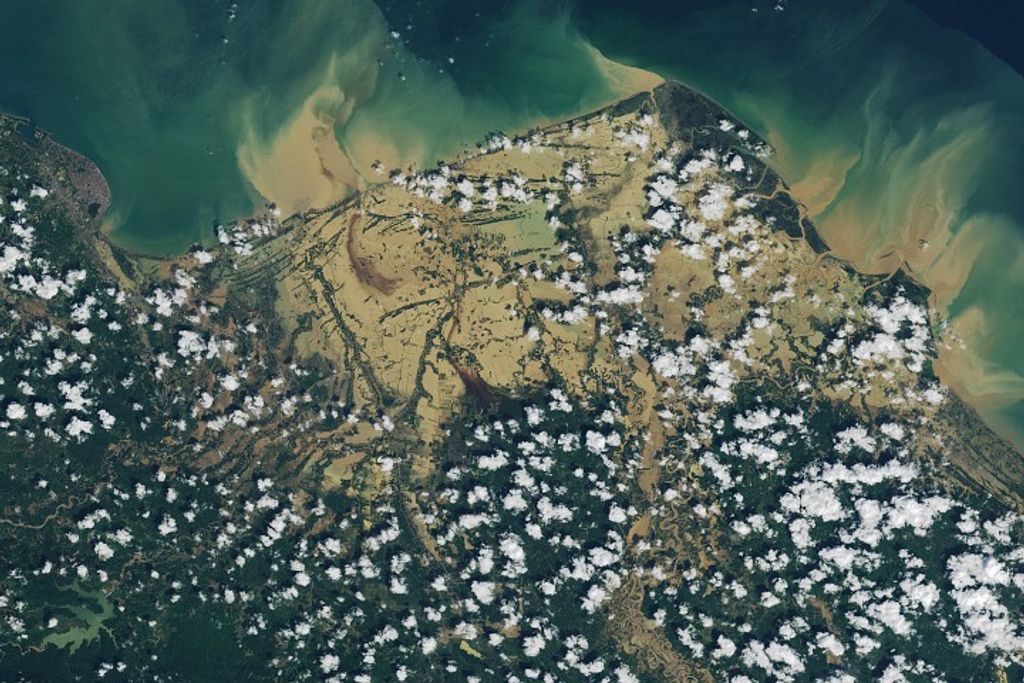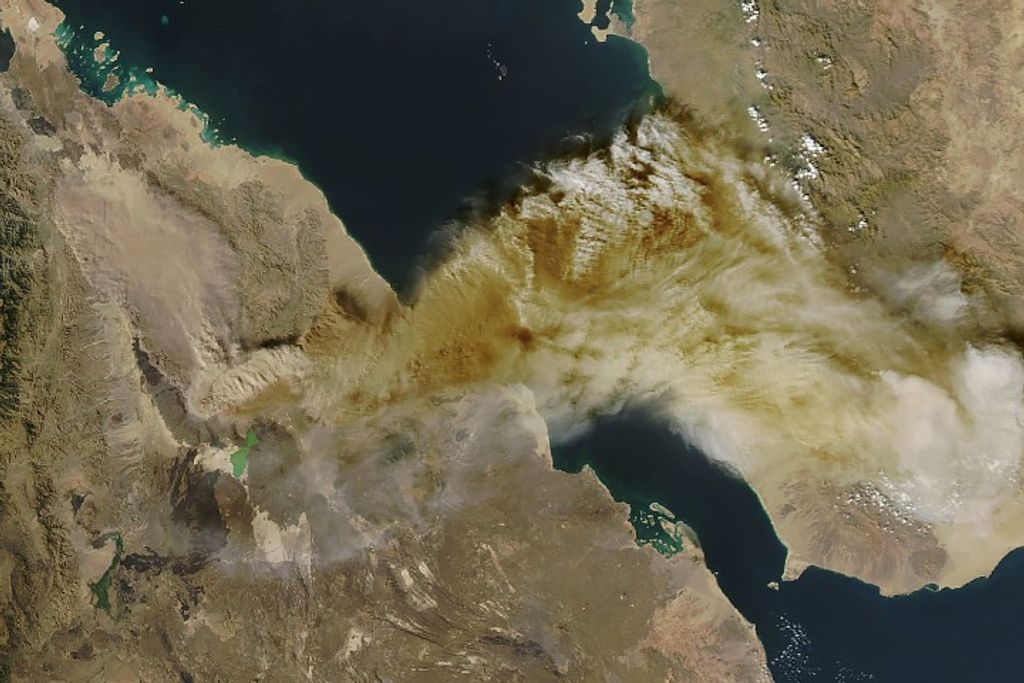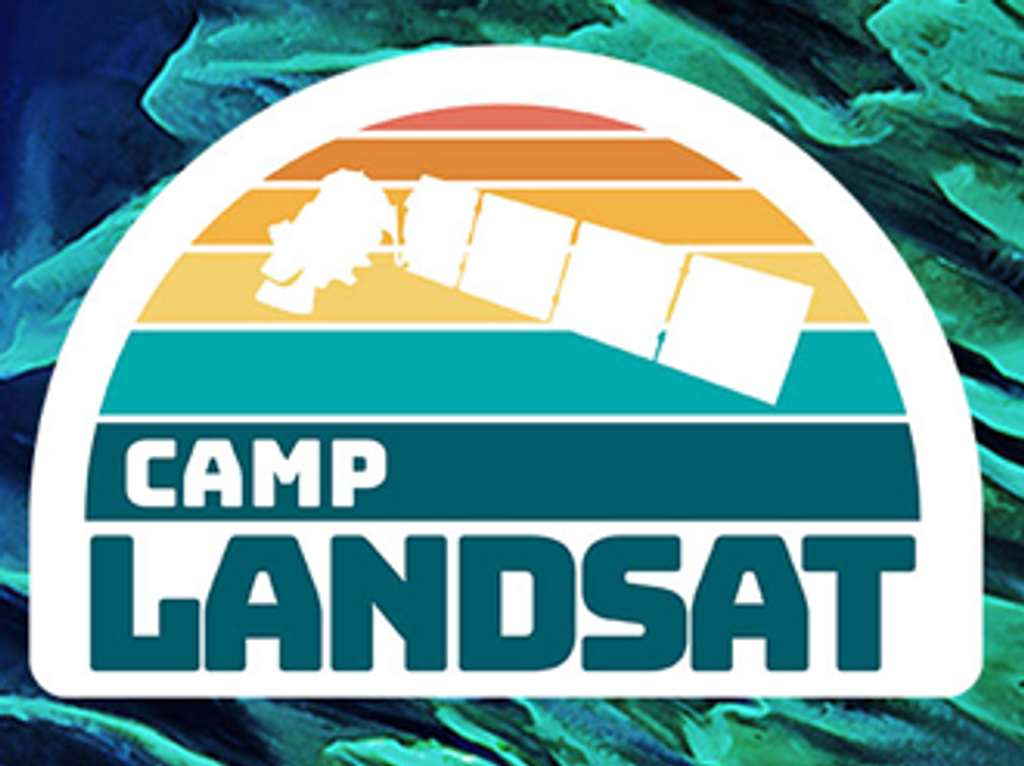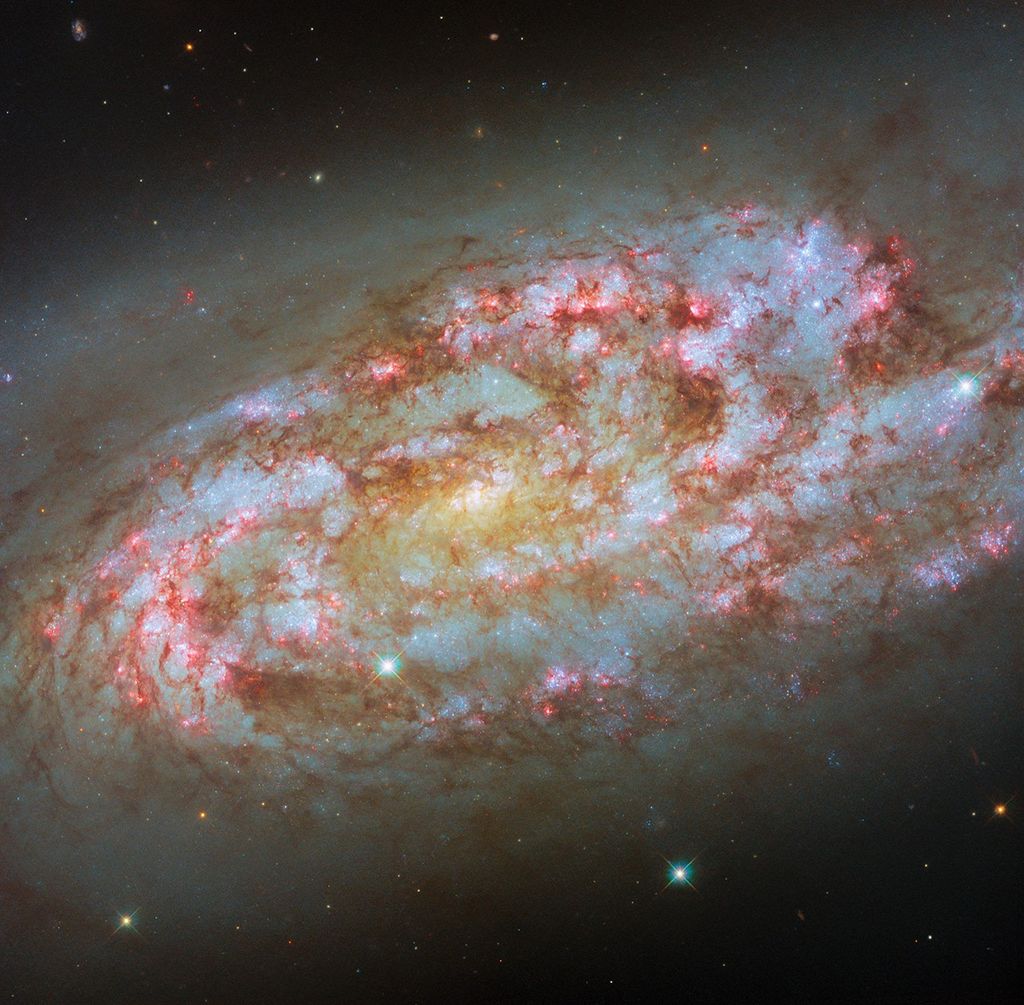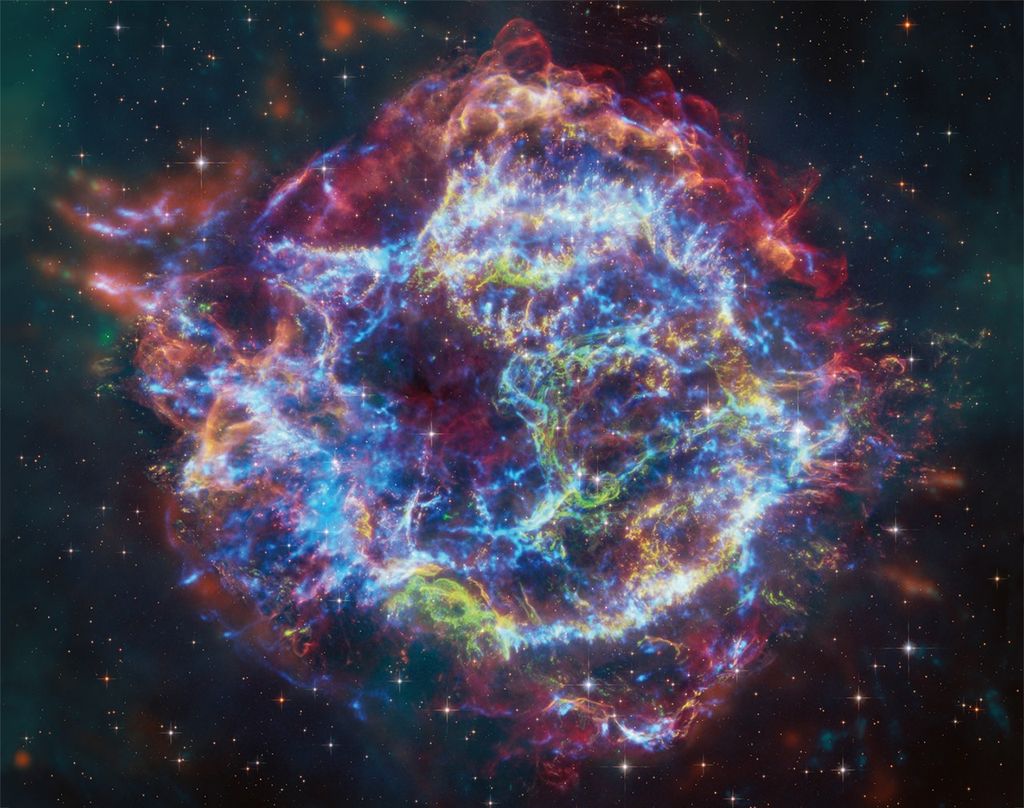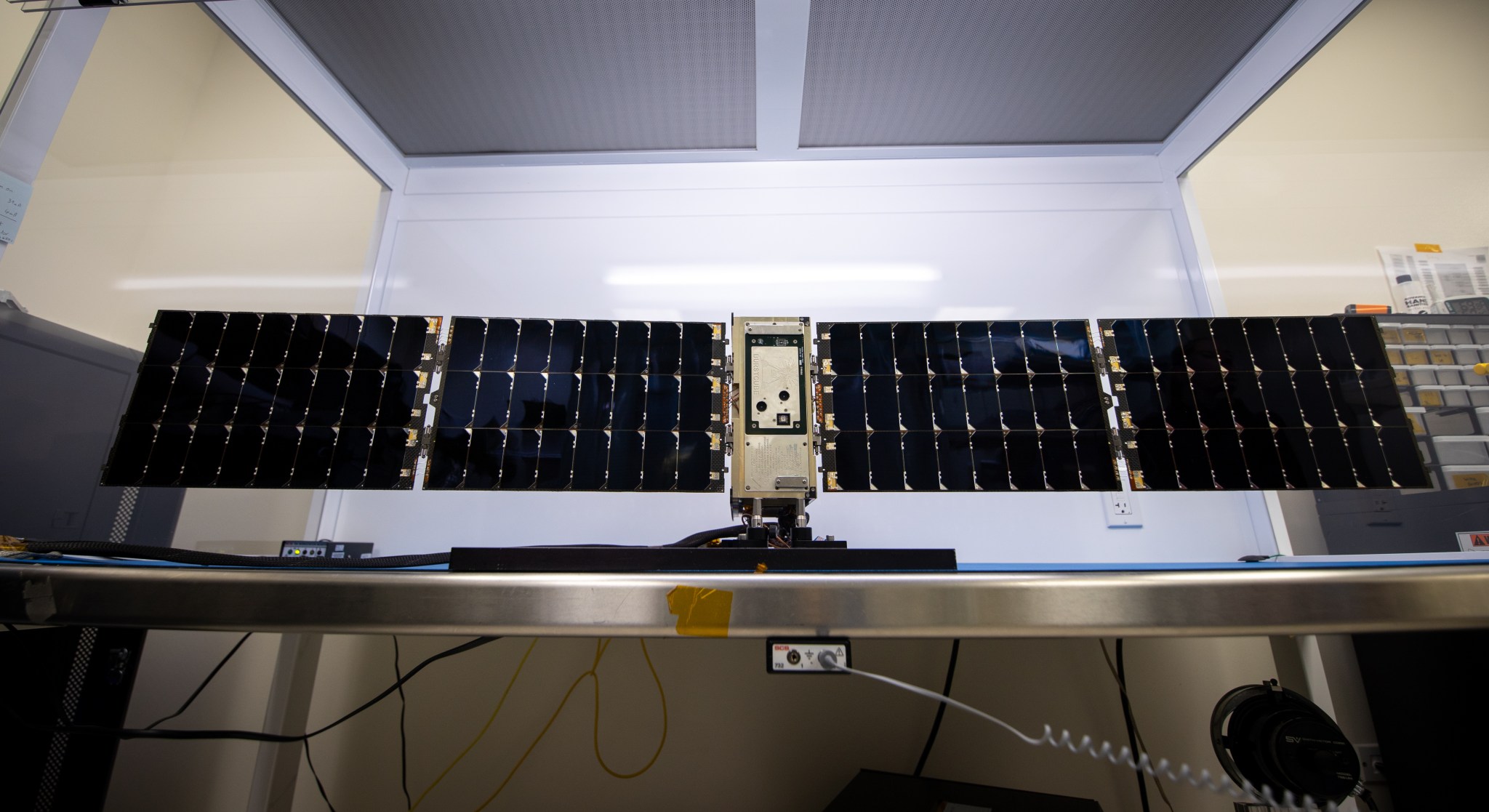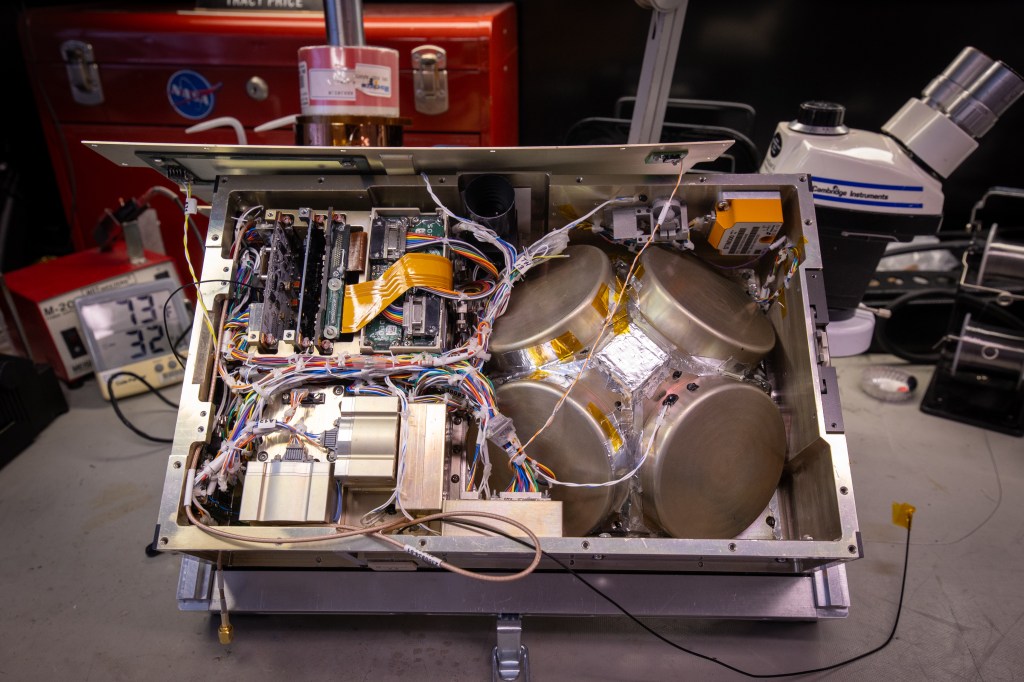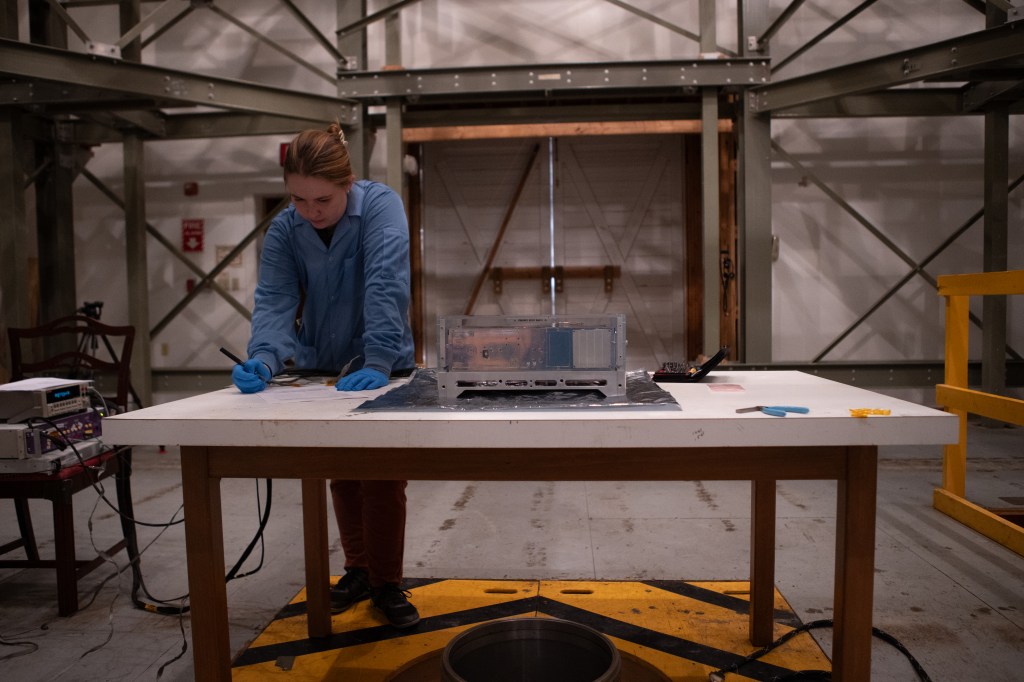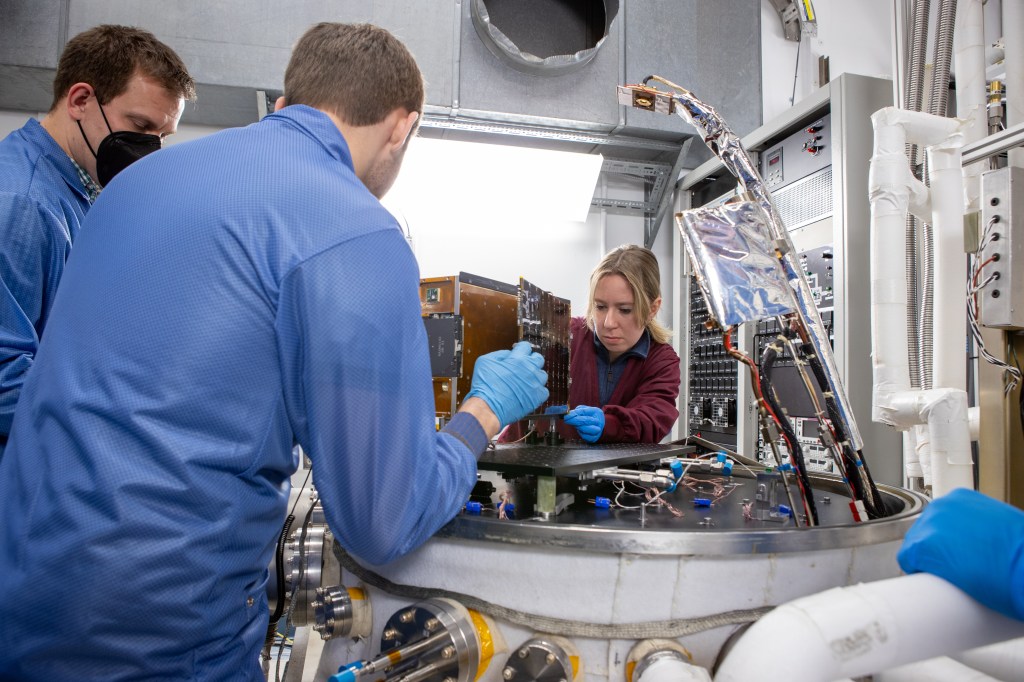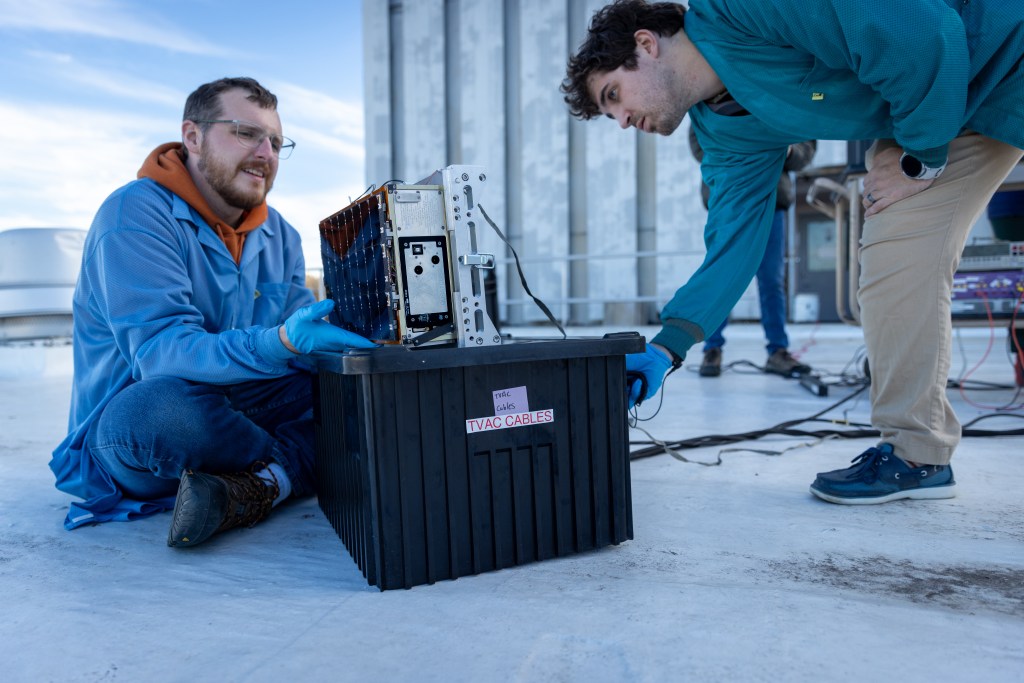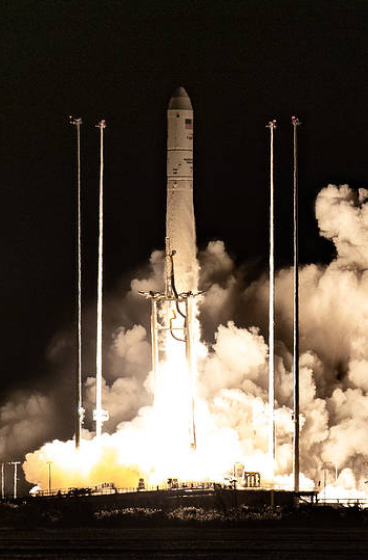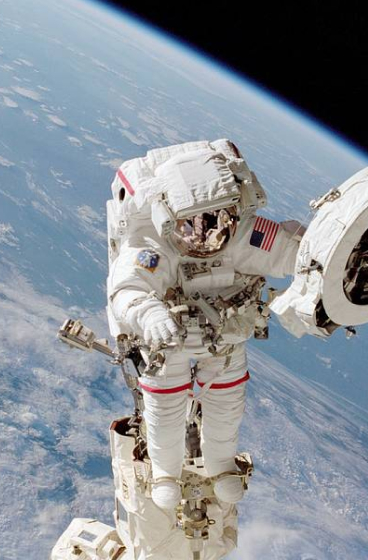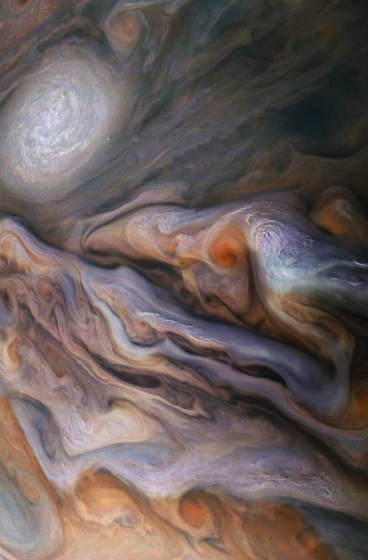Scientists and engineers at NASA’s Goddard Space Flight Center in Greenbelt, Maryland, have completed testing for BurstCube, a shoebox-sized spacecraft designed to study the universe’s most powerful explosions. Members of the team have also delivered the satellite to their partner Nanoracks (part of Voyager Space) in Houston, Texas, where it will be packed for launch.
“Even a satellite as tiny as BurstCube requires extensive verification before it can go to space,” said Goddard’s Lucia Tian, the mission’s science instrument lead. “We characterized its magnetic field, tested it at extreme temperatures, and recreated the shaking it will experience at launch – just to name a few assessments.”
BurstCube will search the sky for short gamma-ray bursts, brief flashes of the highest-energy form of light. Dense stellar remnants called neutron stars create these bursts when they collide with other neutron stars or black holes.
Small missions like BurstCube provide valuable opportunities for early career scientists and engineers to see all aspects of a project from start to finish.

Jeremy Perkins
BurstCube principal investigator
Astronomers are interested in learning more about these collisions because they’re an important source of the universe’s heavy elements, like gold and platinum. BurstCube’s goal is to detect and locate bursts and alert other observatories to coordinate detailed follow-up studies. BurstCube will join a growing network of satellites and telescopes working together to witness changes in the universe as they unfold.
The spacecraft is slated for takeoff in March 2024 from NASA’s Kennedy Space Center in Florida aboard a resupply mission to the International Space Station.








